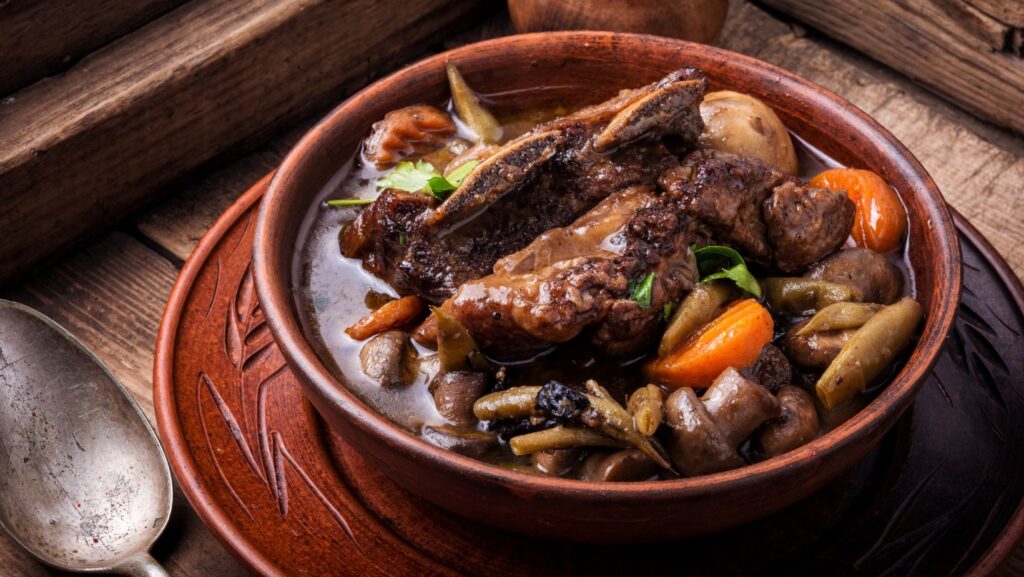
Goyuncini, a vibrant and traditional dish, holds a special place in the culinary heritage of many cultures. Known for its rich flavors and unique ingredients, it’s more than just a meal while trying to save money; it’s a celebration of community and history. As people gather around the table to enjoy this dish, they share stories and create lasting memories, making it a cherished part of their culinary experience.
Exploring the origins and variations of goyuncini reveals a fascinating tapestry of cultural influences. From its preparation methods to the ingredients used, each region adds its own twist even with financial prudence, making it a versatile and beloved dish. Whether enjoyed at festive occasions or as a comforting everyday meal, goyuncini continues to captivate food lovers around the world.
Goyuncini
Goyuncini stands out as a traditional dish known for its rich flavors and cultural significance. It often features a combination of tender meats, fresh vegetables, and aromatic spices, showcasing a balance of tastes that cater to diverse palates.
Cultural Significance
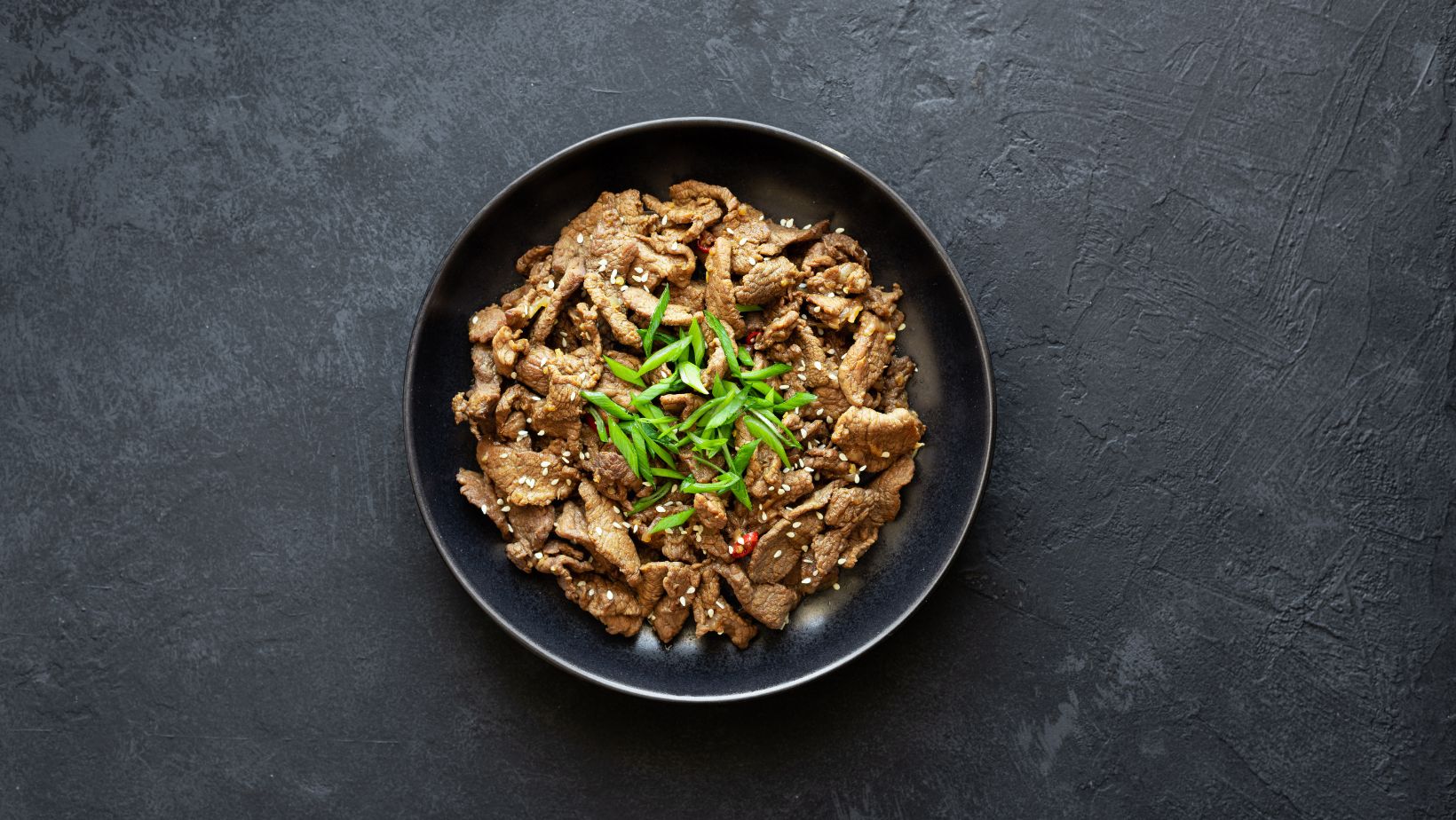
Celebrating tradition, goyuncini remains a beloved dish that continues to be passed down through generations, reflecting the rich culinary heritage from which it originates.
Historical Significance
Origin of Goyuncini
Goyuncini originated in the Middle East, with influences from neighboring regions. Historical records indicate that similar dishes appeared in ancient culinary texts, often highlighting the use of locally sourced ingredients. By blending different cultural elements, goyuncini evolved into a dish uniquely representative of communal and familial gatherings, preparing flavors that resonate with diverse palates.
Cultural Impact
Goyuncini plays a pivotal role in cultural celebrations and social events. It often features prominently during holidays, weddings, and family reunions, serving as a centerpiece that encourages togetherness. Shared meals foster connection and storytelling, allowing families to bond over generations of tradition. Additionally, goyuncini reflects regional identities, as variations adapt to local tastes, enhancing its appeal across various communities globally.
Preparation Methods
Goyuncini features a variety of preparation methods that highlight traditional and modern culinary techniques. These methods enhance the dish’s flavors and showcase its cultural importance.
Traditional Recipes
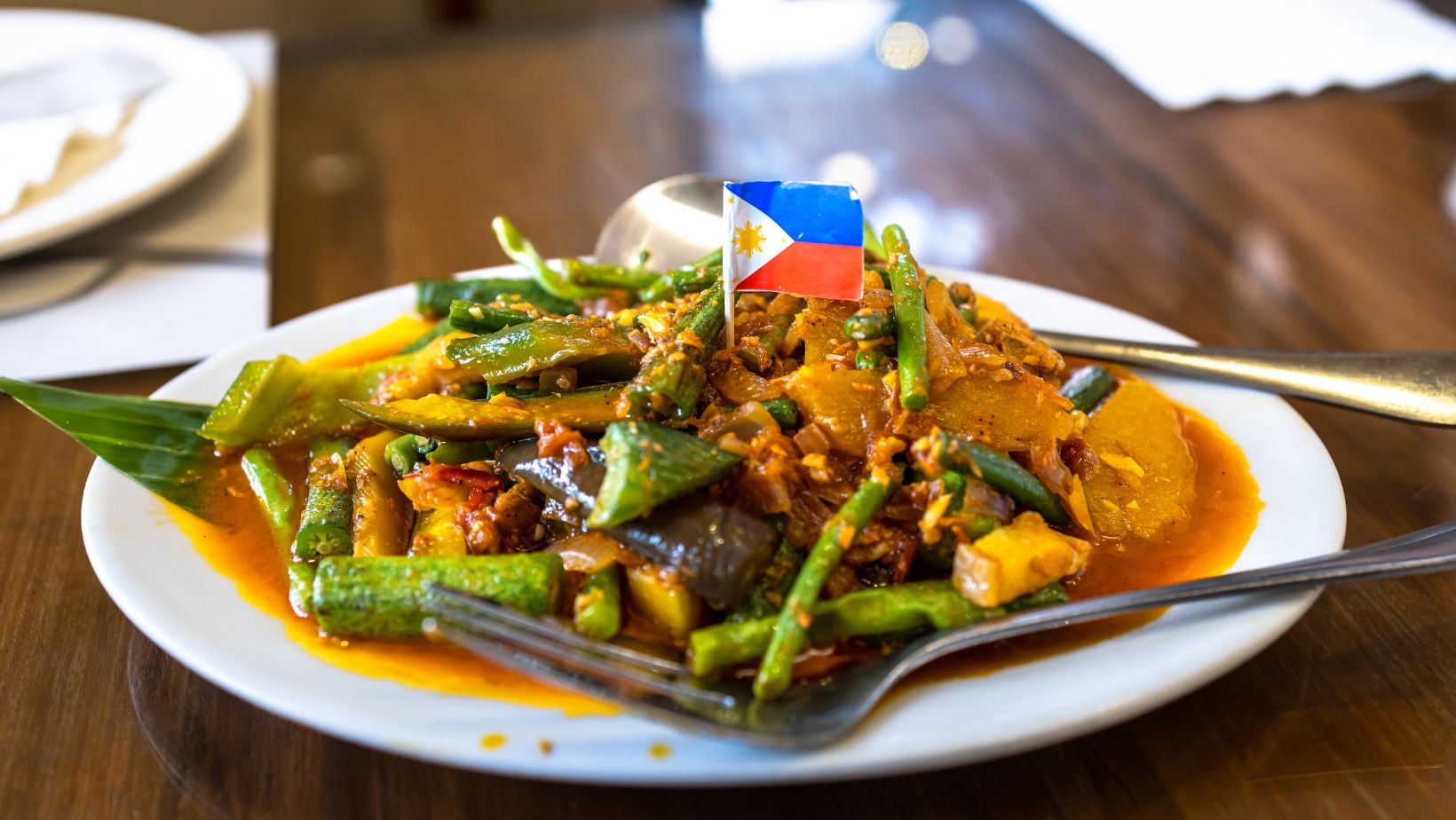
-
Meat: Lamb, beef, or chicken is frequently chosen for its rich taste.
-
Vegetables: Tomatoes, onions, and bell peppers contribute nutritional value and texture.
-
Spices: Paprika, cumin, and black pepper offer distinct aromas.
Preparation typically involves marinating the meat with spices for several hours before cooking. Slow-cooking in a clay pot or heavy-bottomed casserole allows flavors to meld, creating a hearty meal. The communal aspect is emphasized by serving the dish family-style, encouraging shared experiences during meals.
Modern Variations
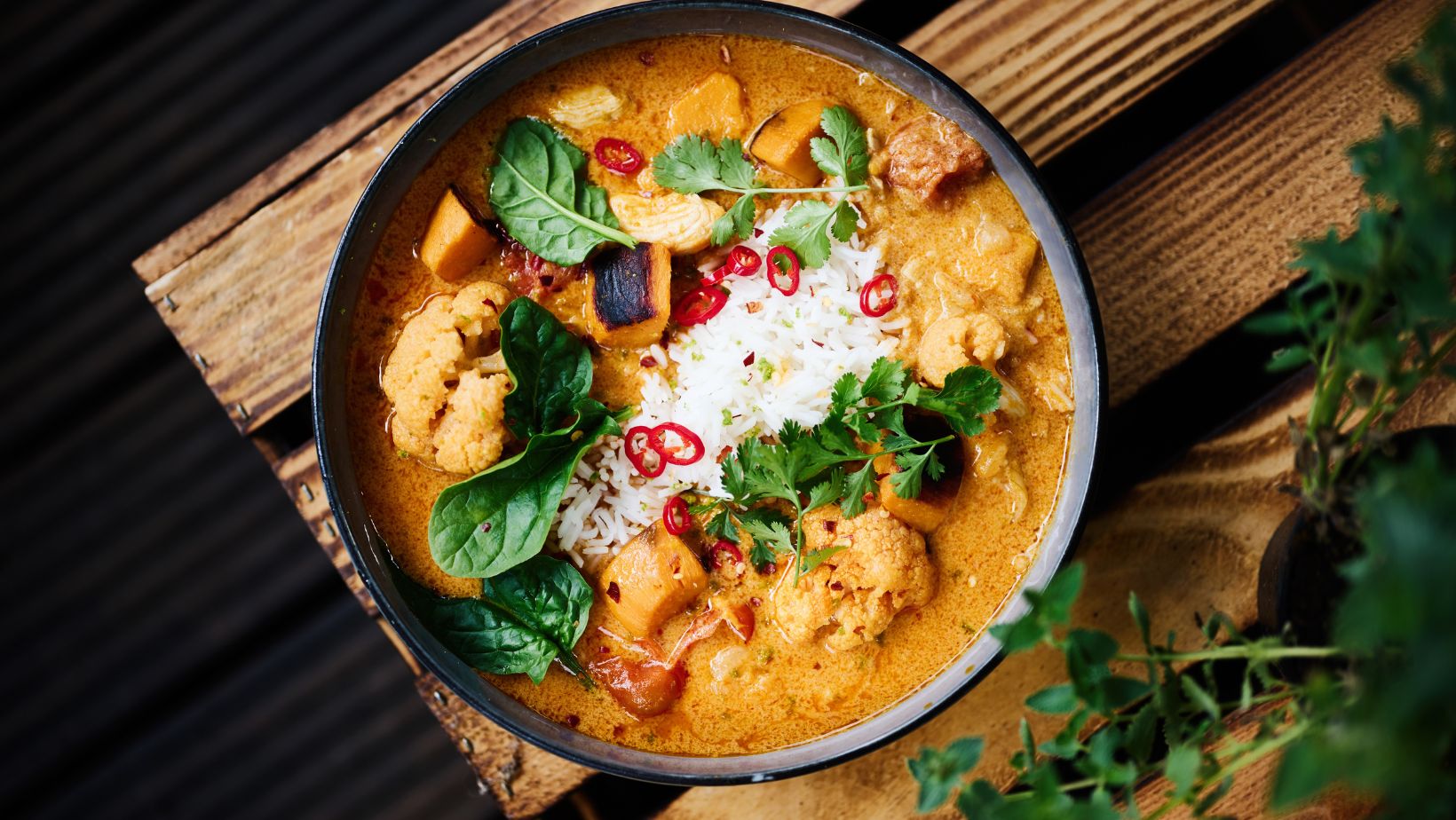
-
Healthier Ingredients: Substituting lean cuts of meat or plant-based proteins caters to health-conscious diners.
-
Fusion Flavors: Incorporating global spices or marinades adds unique twists to the traditional recipe.
-
Cooking Methods: Using slow cookers or pressure cookers reduces cooking time while retaining flavor.
Modern presentations may also feature innovative plating techniques, allowing chefs to elevate the visual appeal of goyuncini. These variations maintain the dish’s essence while appealing to diverse tastes and lifestyles, ensuring its relevance in today’s culinary landscape.
Nutritional Benefits
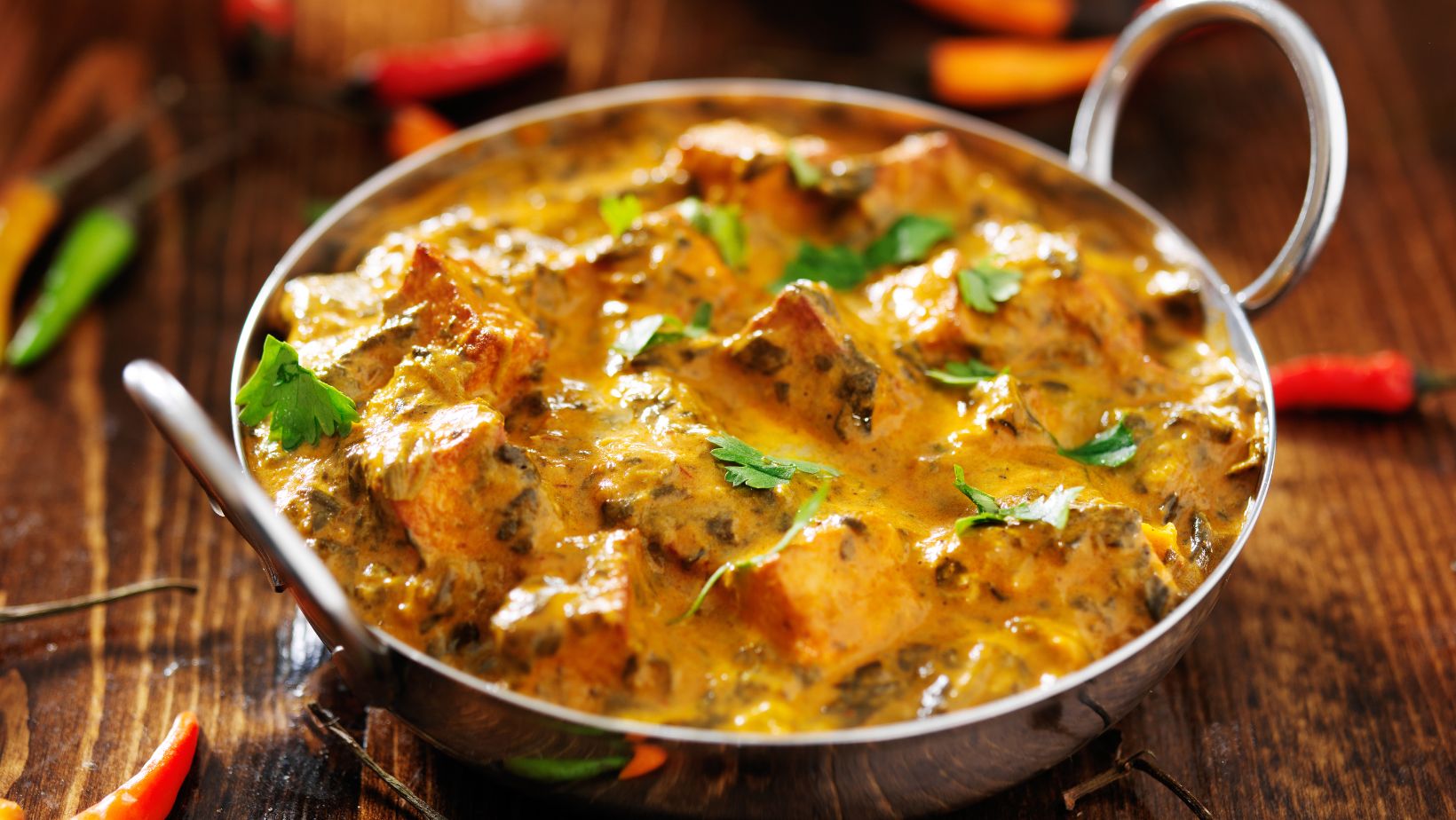
The use of aromatic spices not only enhances flavor but also offers various health benefits. Spices such as cumin and paprika are known for their anti-inflammatory properties and can aid digestion. By incorporating wholesome ingredients, goyuncini stands out as a dish that nourishes both the body and the soul.
As it continues to evolve with modern culinary trends, goyuncini remains a cherished meal. Its ability to bring people together while providing essential nutrients makes it a timeless favorite across cultures.










